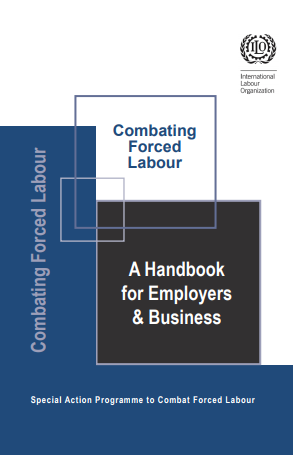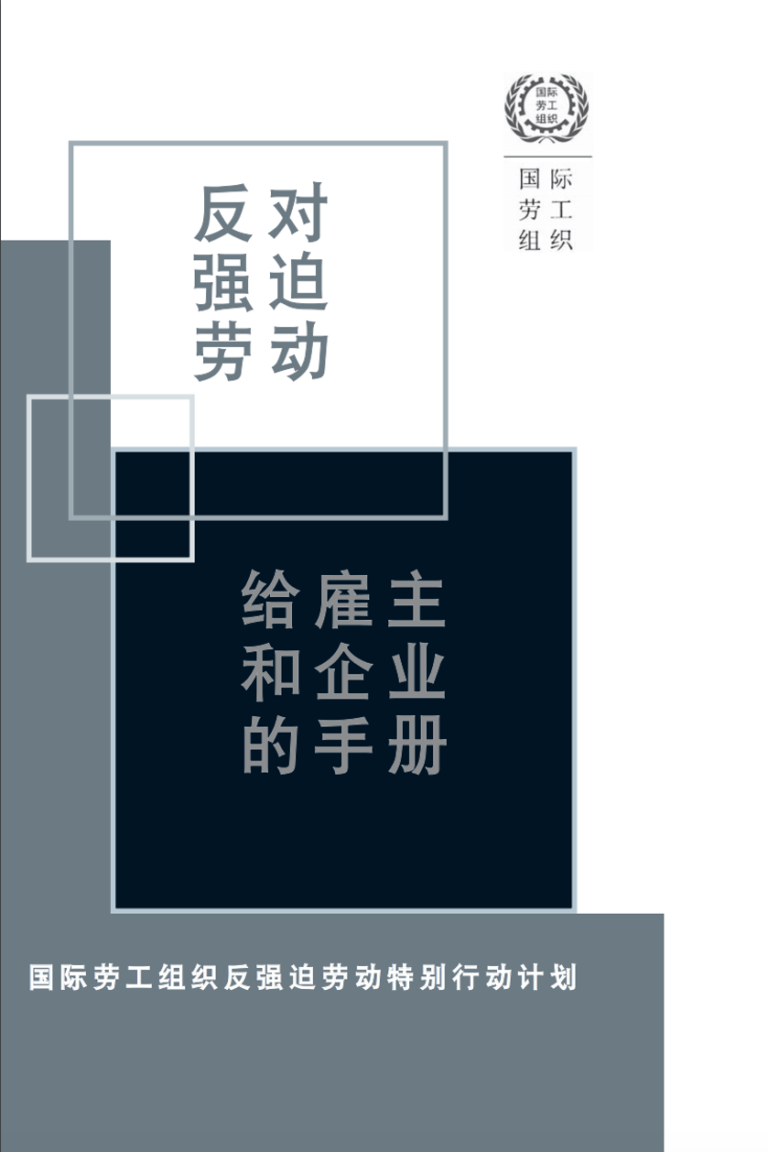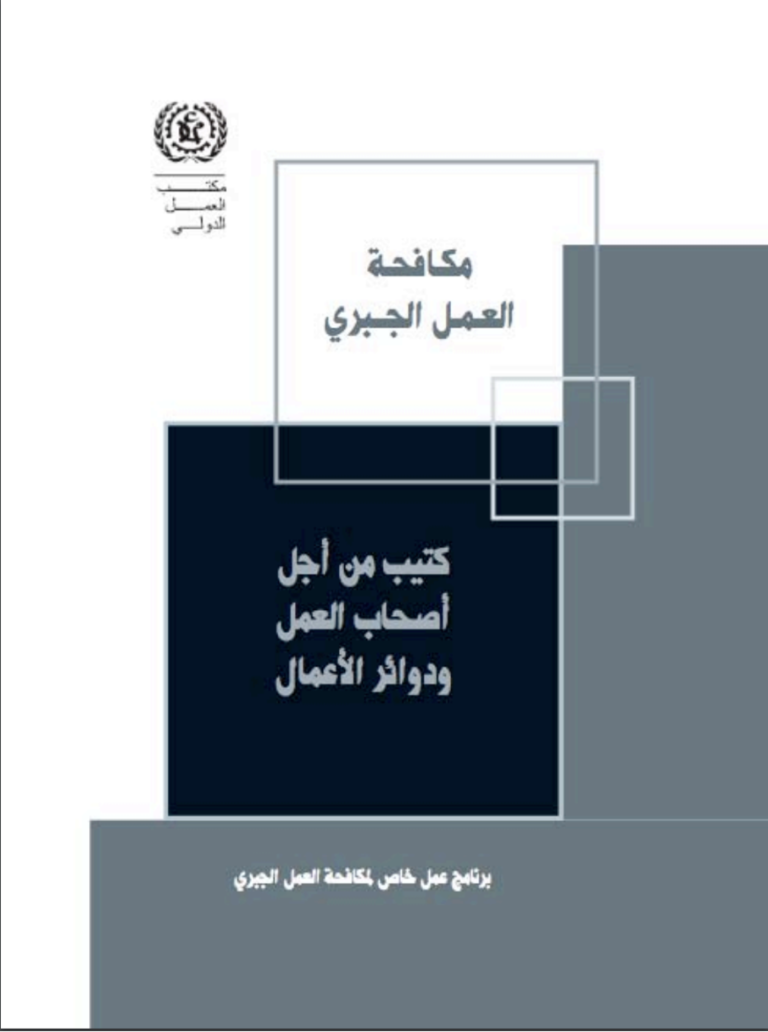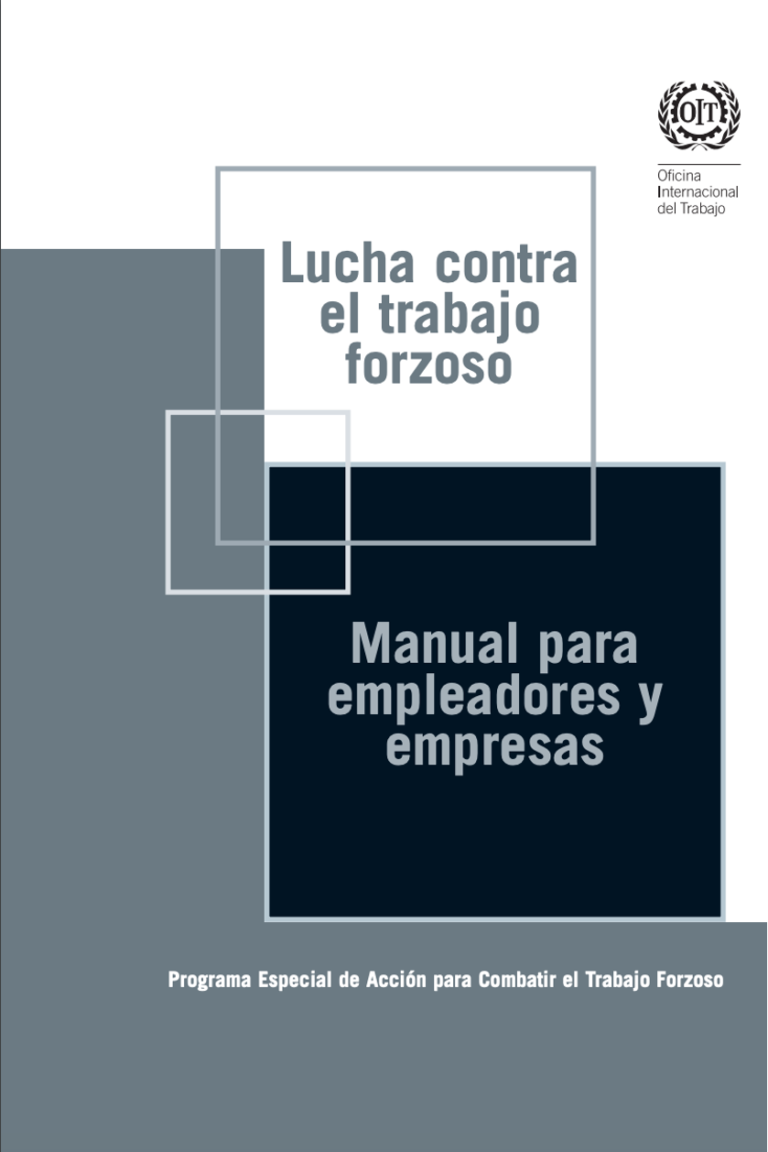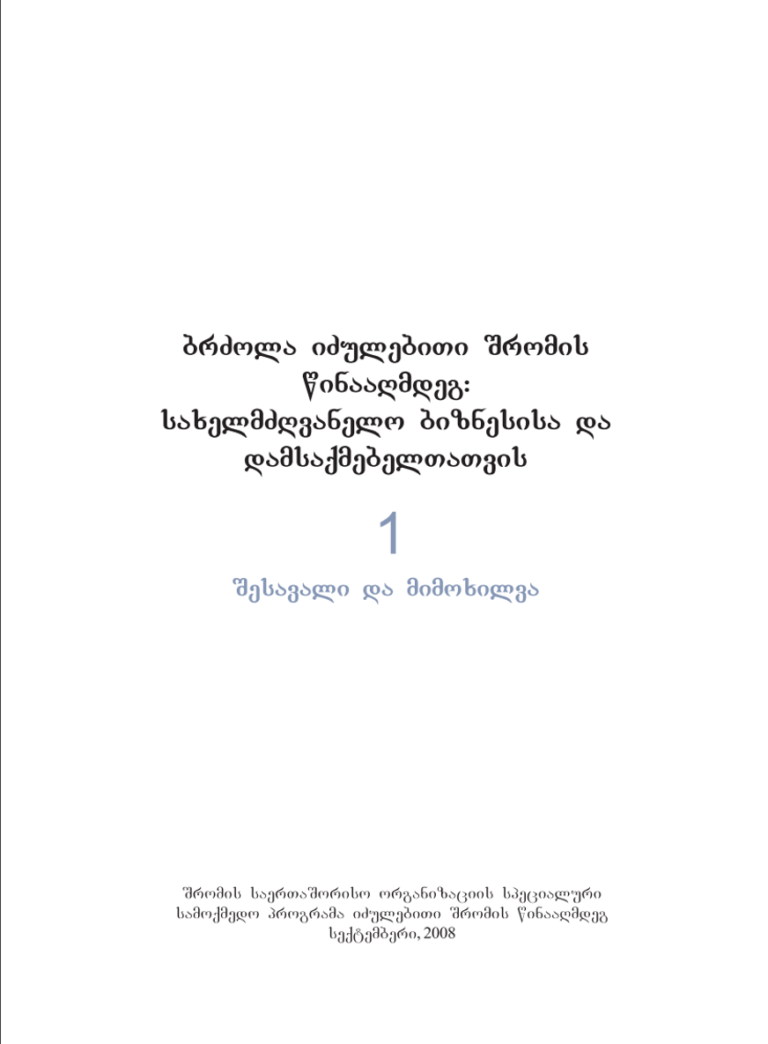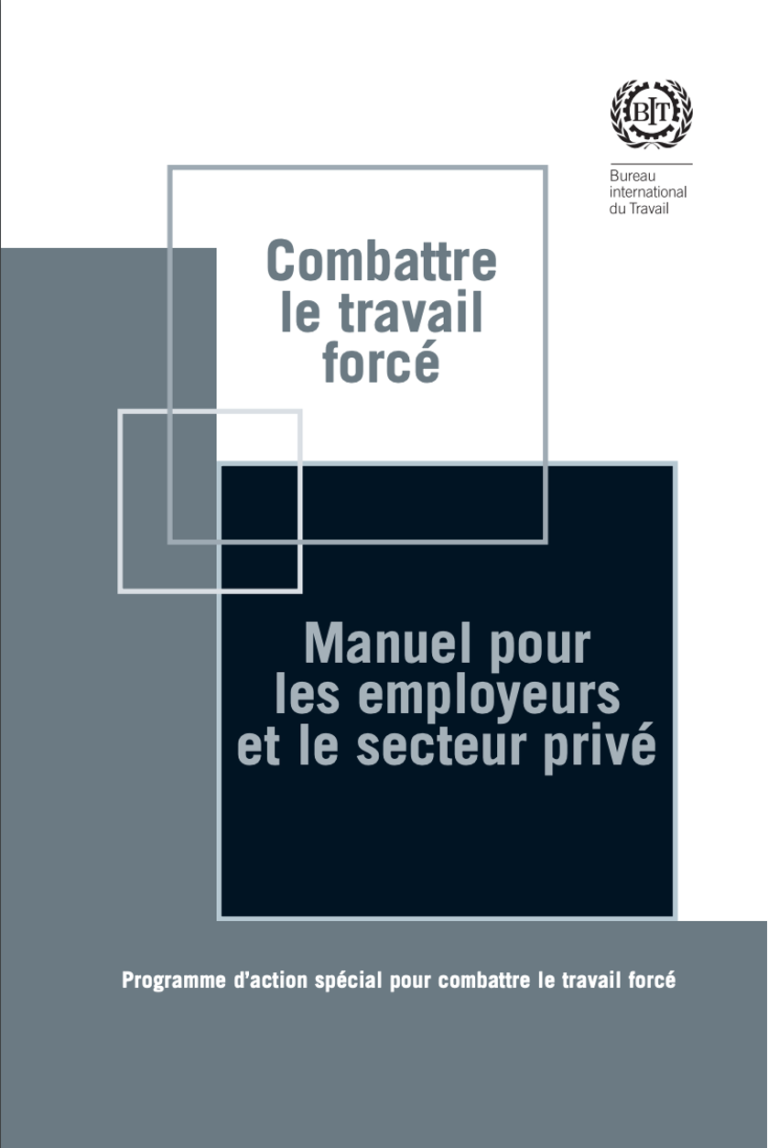Aims of the handbook
This handbook is addressed to employers’ organisations and a broad spectrum of business actors that include small and medium sized enterprises, multinational enterprises, export-oriented companies and those operating within global supply chains. Senior managers, human resource personnel, sourcing and social compliance staff, and social auditors are among those who will find material and information here that will help them in their day-to-day work. Organisations within the broader community of CSR as well as companies providing management services – for example, consultants or quality control companies – will also find this handbook useful.
The handbook’s main aim is to assist business and employers’ organisations in understanding and tackling the various dimensions and issues related to forced labour and human trafficking, acknowledging that each company and organisation is unique and has different needs and priorities. These are truly global phenomena, affecting all countries in the world today. Forced labour thus presents a significant risk to global businesses as well as their national and international representatives. The handbook has the following specific aims:
• To raise awareness of forced labour and human trafficking, what they are, and where they can be found;
• To provide practical material and guidance to different business actors and employers’ organisations to encourage efforts to combat forced labour and human trafficking;
• To support employers in their engagement on the issues and propose specific measures to help them take preventive action against the risk of forced labour;
• To facilitate a better understanding of international standards addressing these issues;
• To serve as a resource book and guide for further reading.
This handbook has been designed for practical use by the business community. It takes the form of stand-alone tools and booklets that provide practical guidance to help business address forced labour. The handbook presents background information, the latest statistics on forced labour, an overview of key issues, and resources for further reading. It adopts a cross-sectoral approach and presents information drawn from different regions, countries, employers’ organisations and companies of different sizes. Throughout the handbook, concrete examples of action illustrate measures that are already being taken. The following resources make up the handbook:
• Employers’ Frequently Asked Questions: A quick reference guide for managers, human resource personnel and others that answers FAQs from employers. The guide addresses complex topics such as prison labour, forced overtime and debt bondage in an easy-to-use format.
• Guiding Principles to Combat Forced Labour: A set of principles based on ILO standards and jurisprudence to guide business action against forced labour and trafficking.
• Checklist and Guidance for Assessing Compliance: A checklist designed for social auditors and other practitioners for use in enterprise level assessments. The tool includes a set of questions as well as policy guidance and technical advice on how to conduct assessments.
• A Guide for Taking Action: Presents the key measures that companies and employers’ organisations can take to address forced labour at enterprise, national and industry levels, and in global supply chains.
• Tips for Taking Action: A set of practical reference guides that identify some of the concrete measures that companies can take to address forced labour, and their benefits.
• Case Studies: Selected examples of company and industry action that indicate the variety of approaches such actors can take in addressing forced labour at the workplace and in supply chains. These case studies have been prepared using publicly available resources.

